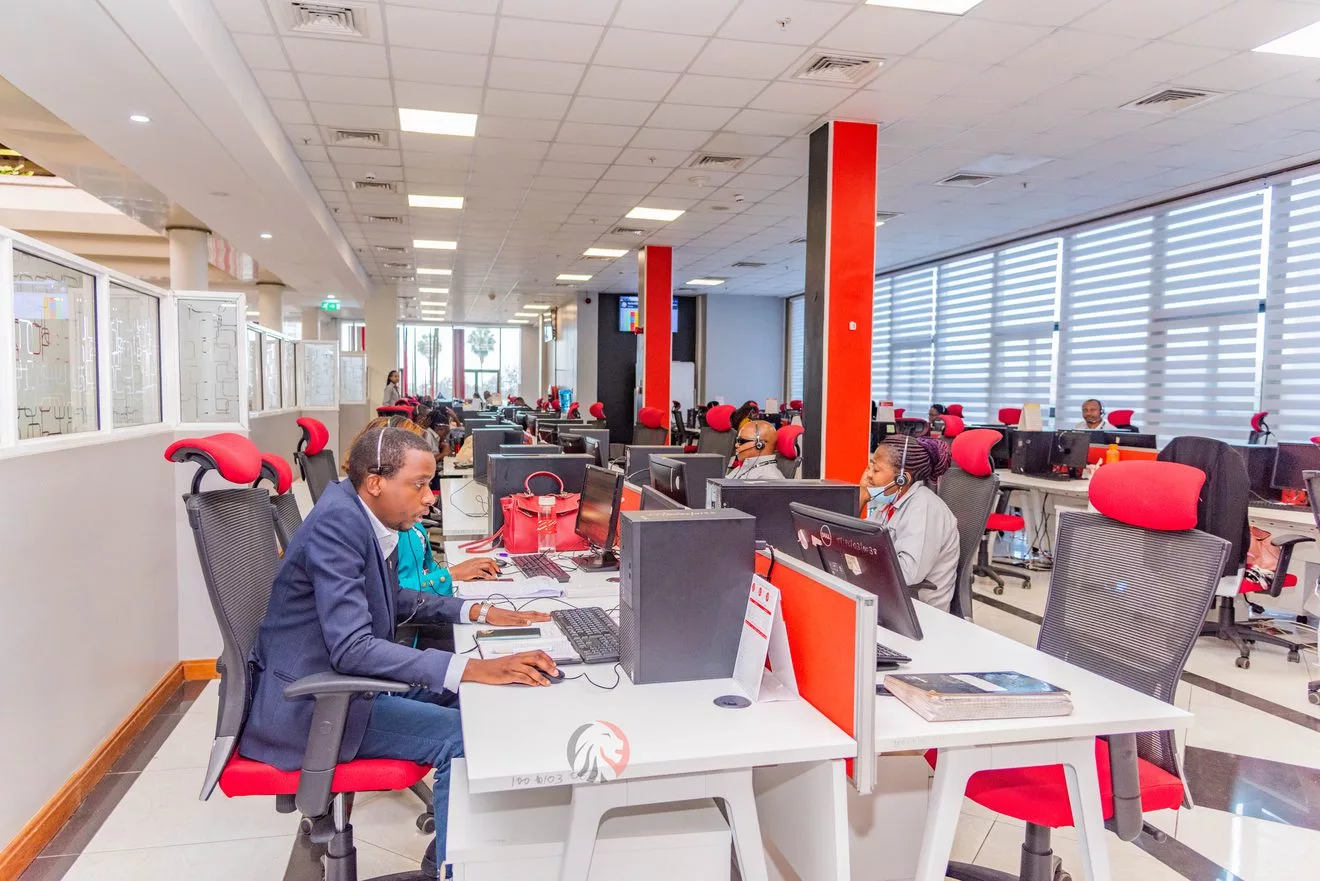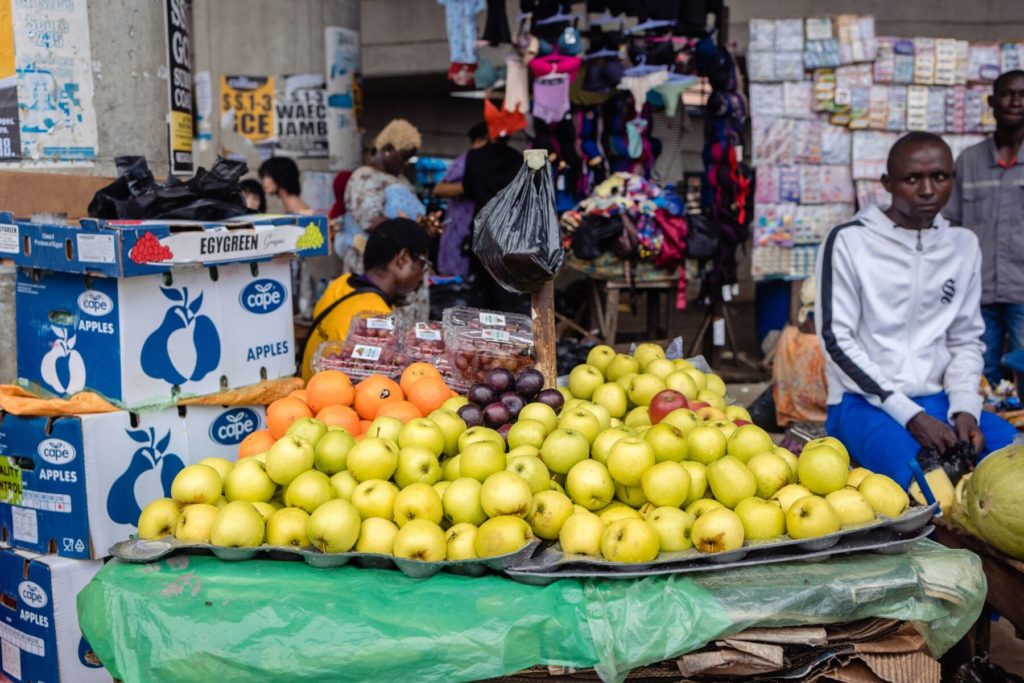Despite tax increases in Kenya’s 2023/2024 Finance Bill, the country’s Revenue Authority (KRA) missed its tax collection target by $2.09 billion (KES 267 billion) for the financial year ending June 2024. The shortfall followed a tough macroeconomic environment that saw a drop in corporate profits and an increase in layoffs.
KRA set a revenue target of $21.8 billion (KES 2.79 trillion) in the year under review.
Corporation Income Tax (CIT), paid by profits, grew at a slower rate of 4.9% compared to 7.2% to June 2023, indicating reduced profitability in key sectors of the Kenyan economy including finance, insurance, ICT, and manufacturing.
KRA also recorded the highest shortfall of $567 million (KES72.3 billion) in employee collections (pay-as-you-earn), despite introducing a new tax band in 2023 targeting top earners.
Manufacturing tax collection recorded the biggest drop by 13% followed by ICT at 12.3% while finance and insurance declined by 2.4%. High operational costs including energy prices and the weakening of the Kenyan shilling against the dollar were some of the factors behind the economic slowdown.
“Weak demand for manufactured goods affected by high retail prices that was a result of high cost of inputs (mainly import driven), high energy costs, said Humphrey Wattanga, KRA’s commissioner-general.
KRA collected $18.8 billion (KES 2.4 trillion) in taxes for the 2023/2024 financial year, an 11.1% increase compared to the previous year. While KRA fell short of its overall target, reaching 95.5%. The agency saw a strong 34.9% growth in revenue collected for other government programs.
Kenya’s tax revenue performance in 2023/2024 reflects the country’s challenging economic situation. Although the economy grew at a moderate 5.6% in 2023 compared to 4.9% in 2022, inflation remained a challenge early in the year, averaging 6.86% in the first half due to high fuel and energy costs.
However, the Central Bank’s monetary policies helped bring inflation down to an average of 4.87% by the fourth quarter, which led to an annual average of 6.22% – a significant improvement from the previous year’s 8.78%.











